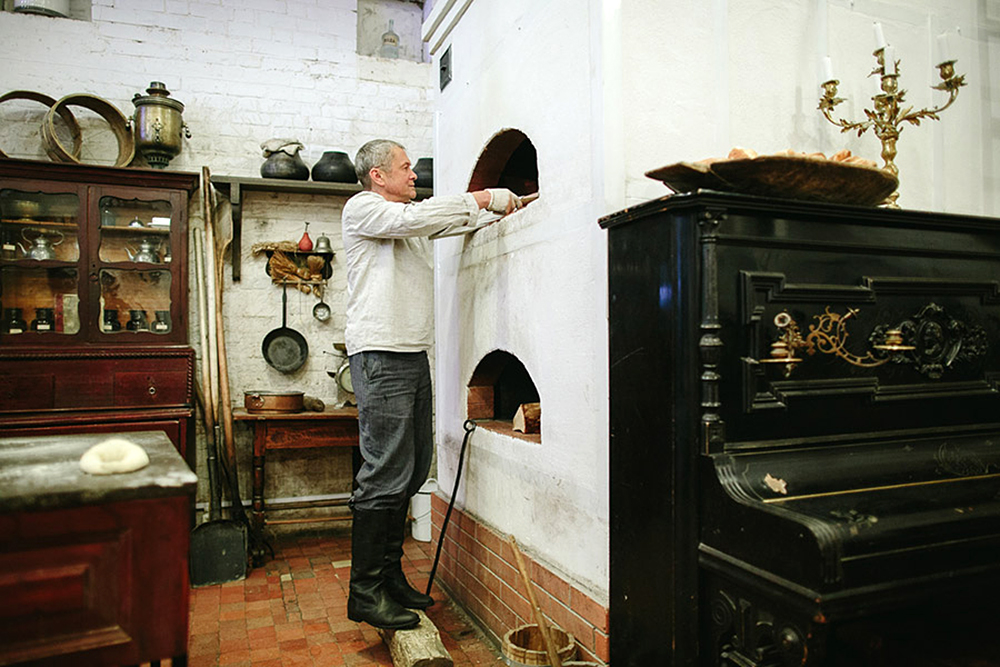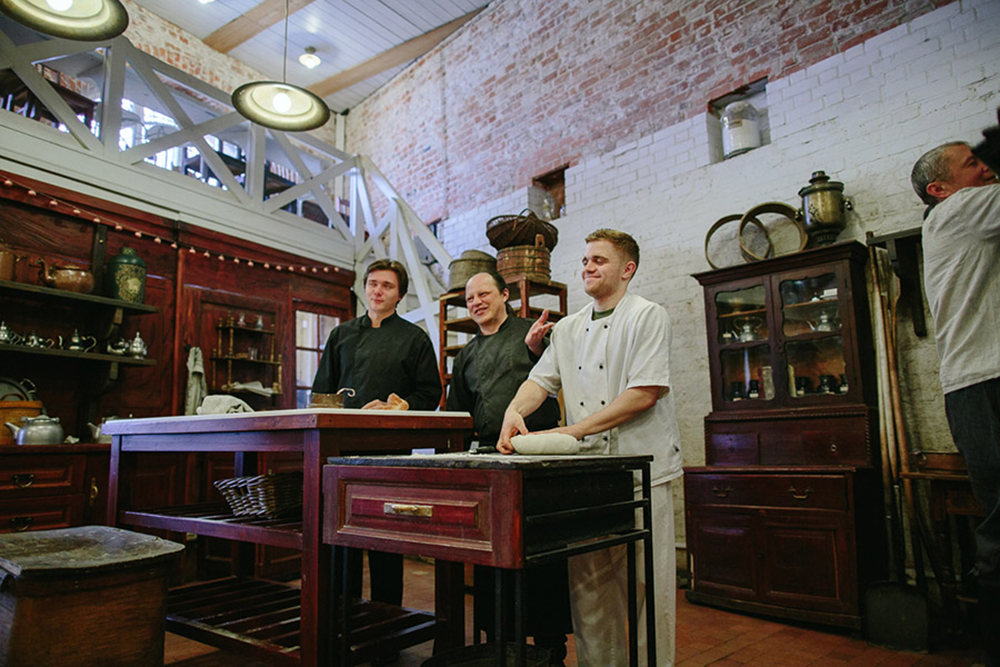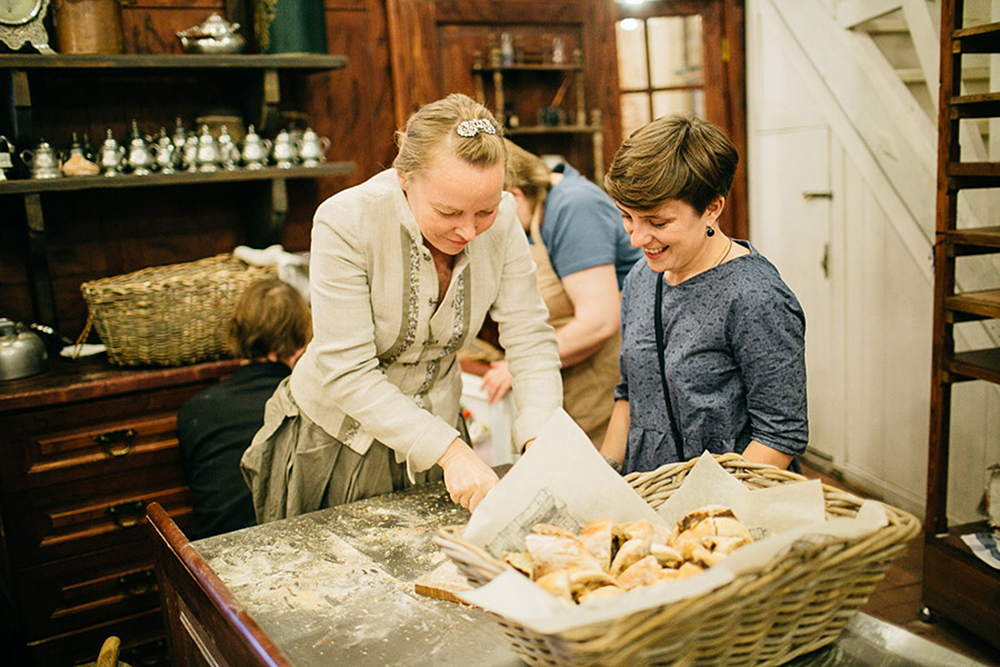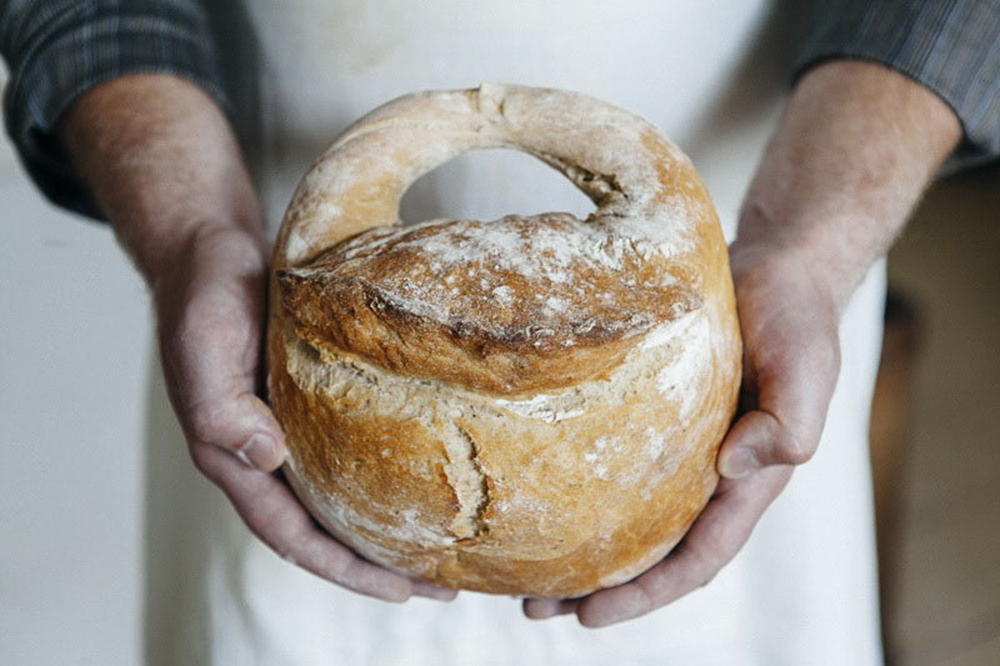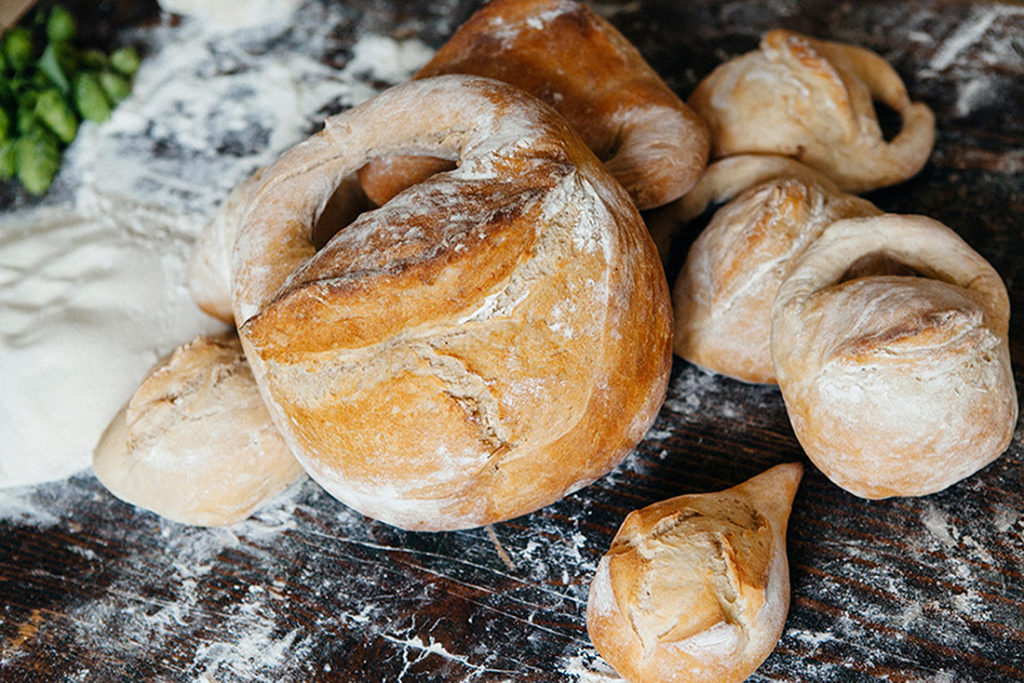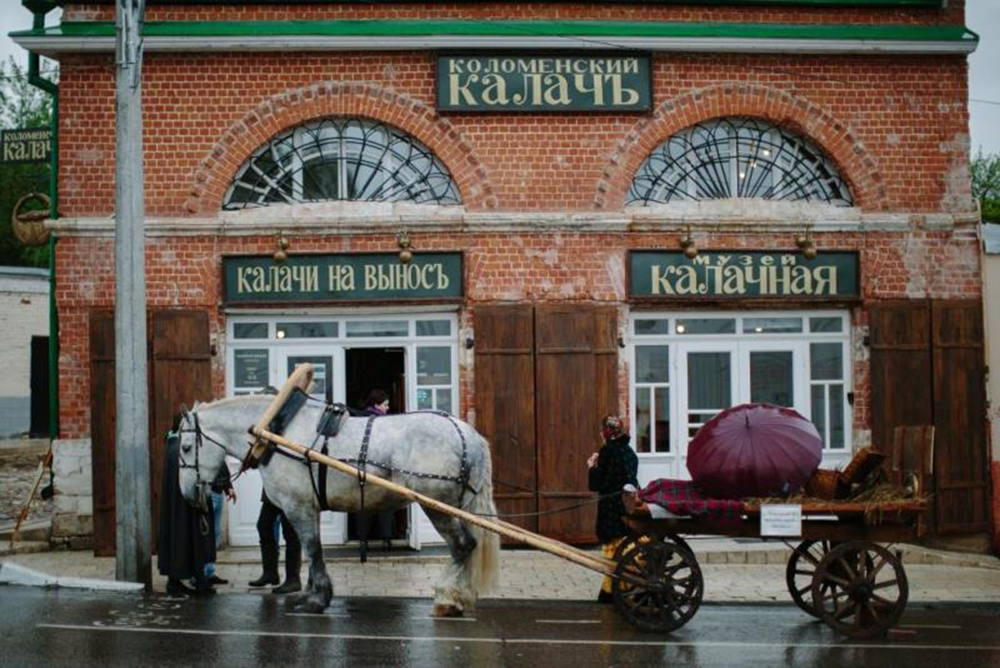Kalachnaya Museum
Moscow Oblast
Contact information
Moscow Region, Kolomna, ul. Zaytseva, building 14
Tel.: +7 (800) 350-39-08, +7 (495) 228-11-10, +7 (985) 069-75-18, +7 (985) 876-89-62
Operating hours
Daily from 10:00 to 20:00 by appointment
Ticket price
Admission – free
Full (with a tour) – 200 rubles
Discounted (with a tour) – 150 rubles
Founder (Owner/Director) of the museum
Natalia Gennadievna Nikitina
Founded
2013
The history of Kolomna Kalach has its roots in the medieval period of the city and is a striking example of the intersection of Western and Eastern cultures. It is no accident that the Kolomna Kalach was revived at the place of the convergence of cultural strata – at the Pyatnitsky gates of the Kolomna Kremlin. It was these gates that in the 14th century sheltered the nascent Moscow Principality from the threat of the steppe peoples. As a result of mixing Tatar wheat tortillas and the Russian tradition of souring bread and baking it in the oven, the original Kolomna Kalach appeared. The peak of popularity of the Kalach falls at the end of the 19th century, and by the middle of the 20th century, it had disappeared.
For Kolomna, the opening of the Kalachnaya Museum is more than the opening of a new museum. It is the first link in the chain of systematic revival of the historical territory of the city of Kolomenskiy Posad and its transformation into a museum. The Kolomna Kalach project was recognized by museum experts in Russia and in 2013 won the “A Changing Museum in a Changing World” contest of the V. Potanin charitable foundation. With this project, the history of the revival of Kolomna Kalach began.
The Kalachnaya Museum is an unusual museum. It can be called “alive” because the main object of the museum is the process of baking rolls, recreated according to ancient manuals.
The process of making kalach takes place in the walls of a restored monument from the middle of the 19th century, in a reconstructed double-decker kiln which is heated with birch wood without bark to give the Kalach a special whiteness. Bread has its maker – the “kalachnik”- whose story accompanies the process of baking kalach.
